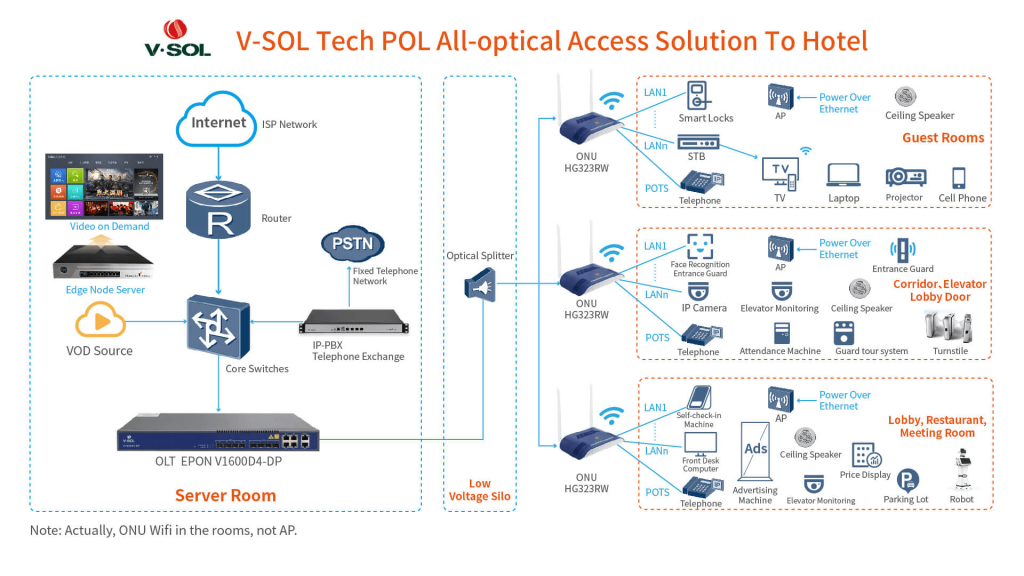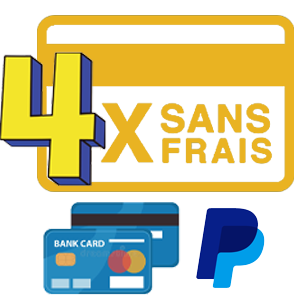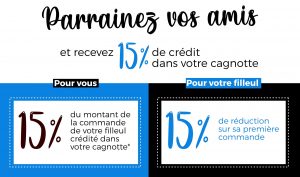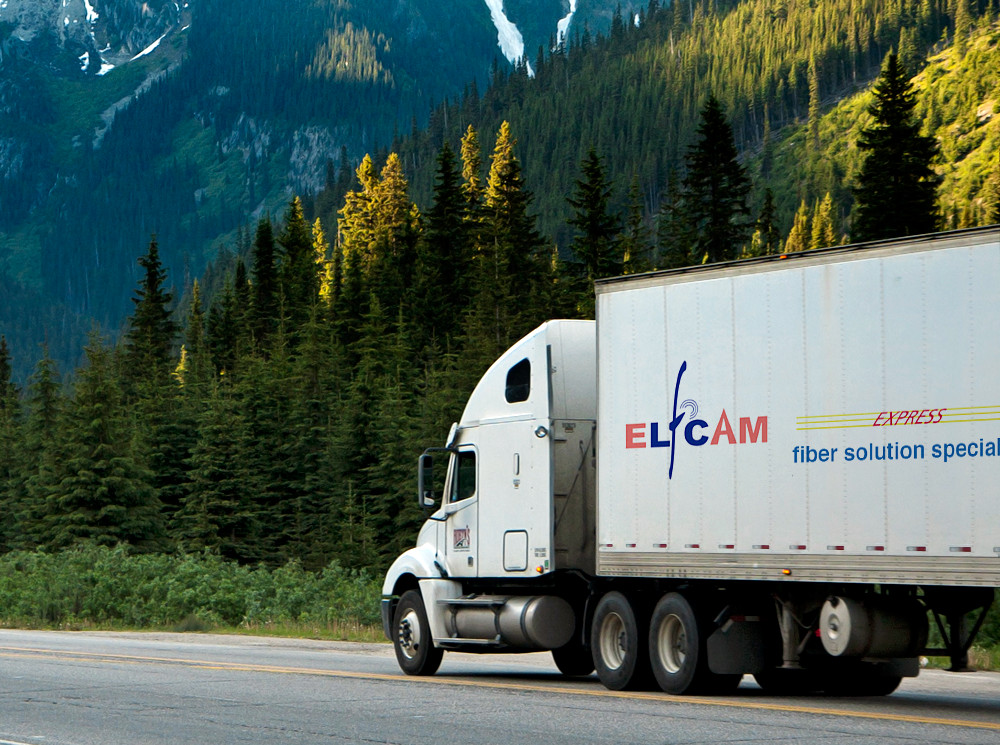Fiber optic network or cable Internet, how to choose?
Fiber optic network or cable Internet, how to choose?
The EPON OLT is a device serving as the endpoint for the service provider in a passive optical network. In other words, the Optical Line Terminal (OLT) manages the Ethernet Passive Optical Network (EPON). This technology offers multiple services thanks to its point-to-multipoint passive optical transmission.
Why are more and more regions or countries upgrading their network with optical fiber? Here we explore the source together.
Fiber optic and cable are the two means of connecting to the Internet. Optical fiber is made of small glasses or plastic to achieve light transmission. We analyzed the advantages and disadvantages of optical fiber transmission in the previous article. Cable Internet uses CATV, a technology that existed in most families in the United States. The coaxial cable that provides television service to families can also offer Internet at a faster speed. So, is fiber optic networking really better than cable internet? Now, let's make a comparison based on 4 aspects!
1. What is the difference between a fiber optic network and cable internet?
1. Speed
Optical fiber: The speed of upload and download is 250-1,000Mbps.
Cable: The download speed range from 10 to 50Mbps and the upload speed is 5-50Mbps.
Actually, the speed of the electric and optical signals is almost the same. But the electric signal will occur errors due to the electric yawp, resulting in the decreasing of communication speed. The optical signal will not be affected by the yawp so it can maintain the high speed.
Besides, the speed of cable transmission directly depends on the weight of the cable. If you want to improve the speed of the Internet, you need to adopt more cables, which requires larger space of the company's telecommunication room. Contrastly, there is no relevance between the optical fiber and the size or weight. Thus, optical fiber is lighter than the cable, which makes it easier to use and requires less limited space.
2.Distance
In fiber-optic transmission, the transmission rate of a fiber optical signal can reach several Gbps. The distance can reach scores of kilometers without using the repeater.
Whatever it's twisted pair with 10M, 100M, or even 1000M, the longest transmission distance is 100m. In the general cabling specification, horizontal cabling cannot exceed 90m and the total length of the link cannot exceed 100m. In other words, 100 meters is the limit for wired Ethernet, which is the length of the link from the network card to the centralized device.
3.Bandwidth
The transmission frequency of the twisted-pair cable is on the level of 10^9Hz and the coaxial cable is even lower. The low transmission frequency makes available bandwidth more limited. Band C, the current main communication band of optical fiber, falls at 1530-1565nm. When translated it into frequency, the bandwidth has reached the level of GHz, far exceeding that of cable.
Reliability
Compared with cable networks, the optical fiber network is more reliable.
Cable Internet is shared among lots of families. Therefore, the Internet speed may decrease 25% during the peak hours of use. When the traffic gets larger, the speed will also be slower. Moreover, the Internet may break down when there is storms, frequent power outages, or cable outages in that the cable network adopts electricity. Unlikely, the fiber-optic Internet is less possible to suspend because it transmits via optical signal. In addition, optical fiber can endure more temperature fluctuations than cable.
2. Fiber optic network or cable Internet, what should you consider?
Besides performance, what should we consider when thinking about optical fiber and cable? This is the cost and deployment of fiber. The fiber optic network will cost you more than cable. If your family has a low income, you can choose cable. Otherwise, fiber optic internet would be your best choice. In fact, some families in the United States do not have fiber optic infrastructure, especially in rural areas.
So when choosing network types, remember to think about your own situation.
3. ELFCAM FTTX Solutions
In order to promote the domestic telecommunications industry and enable FTTx access to the whole world, ELFCAM has developed various PON products and offers corresponding solutions to individuals, enterprises, governments or organizations around the world. The example we present here is the solution for the hotel.
POL all-optical access solution for a hotel:
In traditional cases, there are many cables in each room of the hotel. Now, with smart grid, deployment is easier and features are abundant. ELFCAM offers this kind of smart product and POL (Passive Optical LAN) all-optical access solution to hotels.
The solution adopts PON (Passive optical network), which makes it possible to set up a reliable, stable, easy-to-deploy network with high bandwidth in the hotel for guests. Additionally, it covers services such as VoIP, CATV, Internet, WiFi, etc.
Features:
1. 1 room with 1 fiber: Only 1 fiber and 1 terminal in a room
2. 1 machine with multiple scenarios: wherever you are in the room, corridor, elevator, lobby, restaurant, meeting room, etc., you can receive the signals everywhere.
3. 1 network with multiple functions: 1 network can be used in smart locks, facial recognition entrance guards, self-check-in machines, etc.











